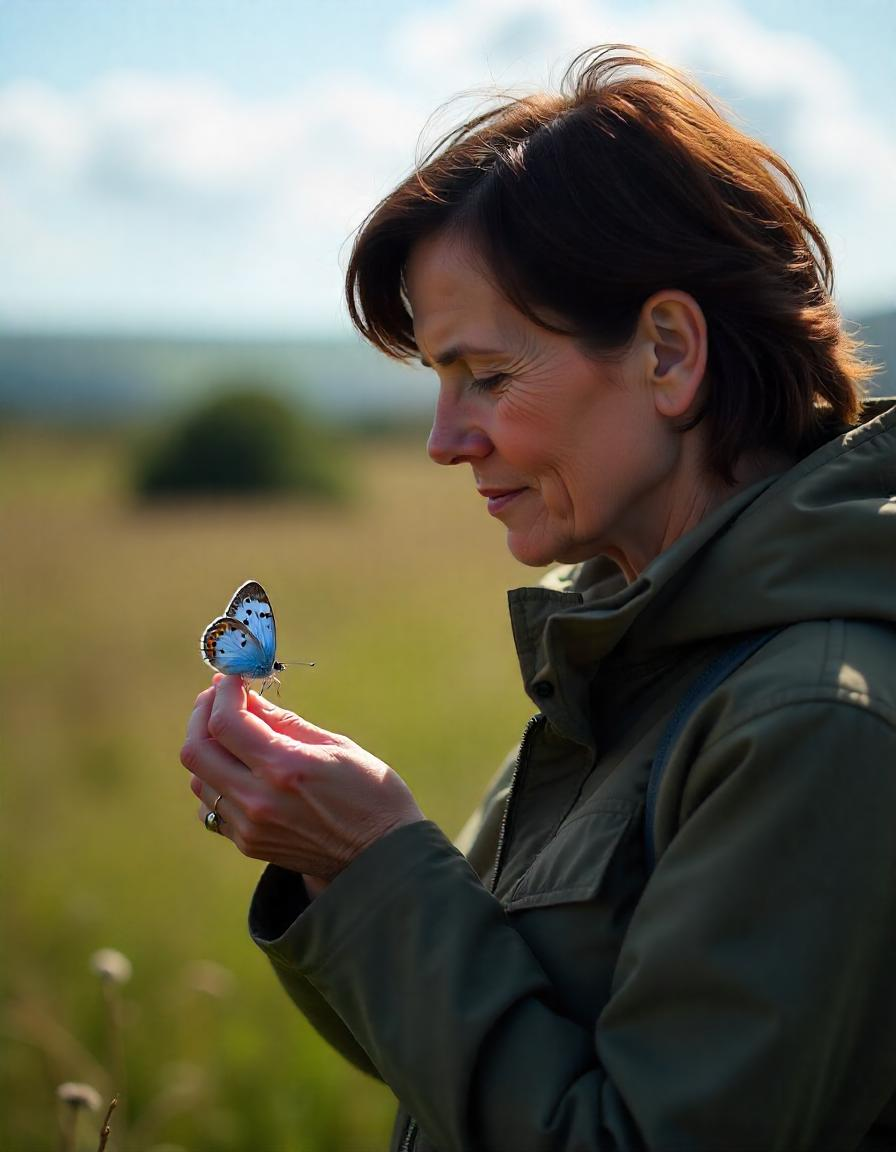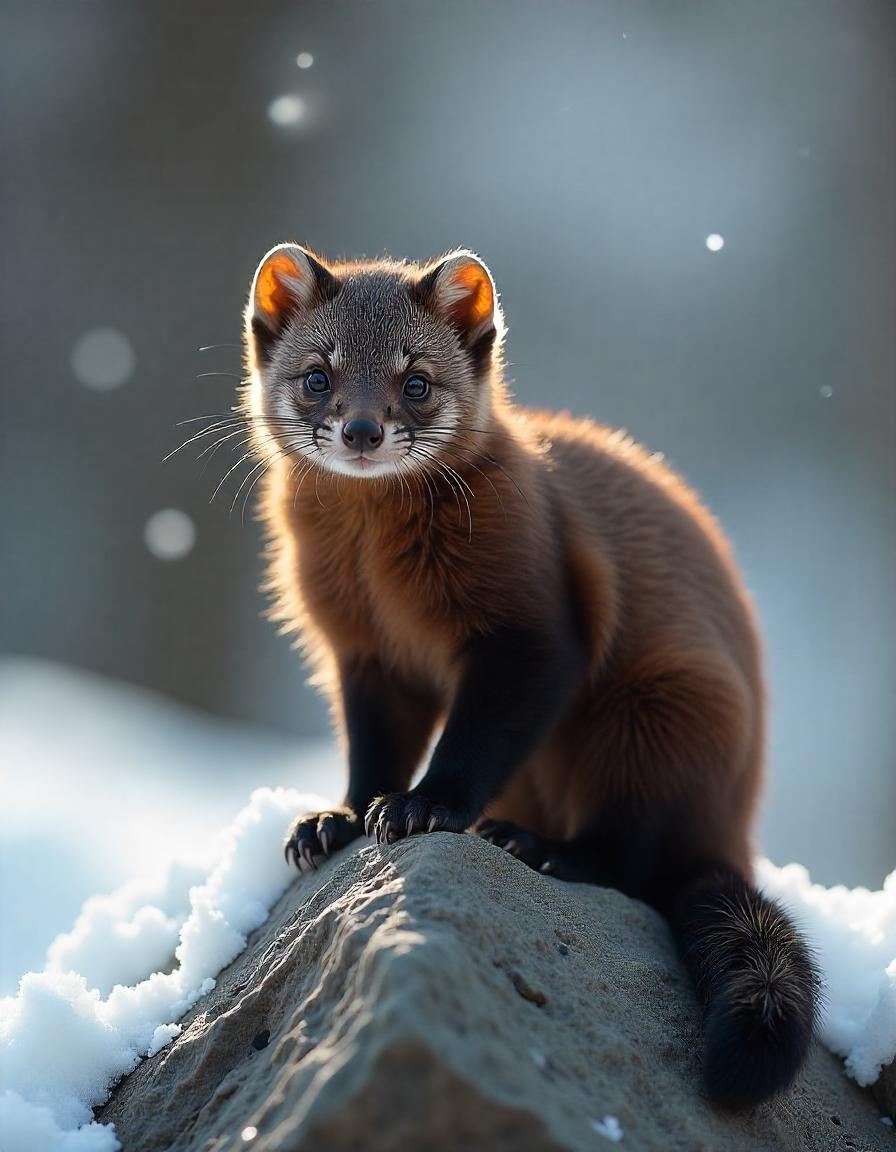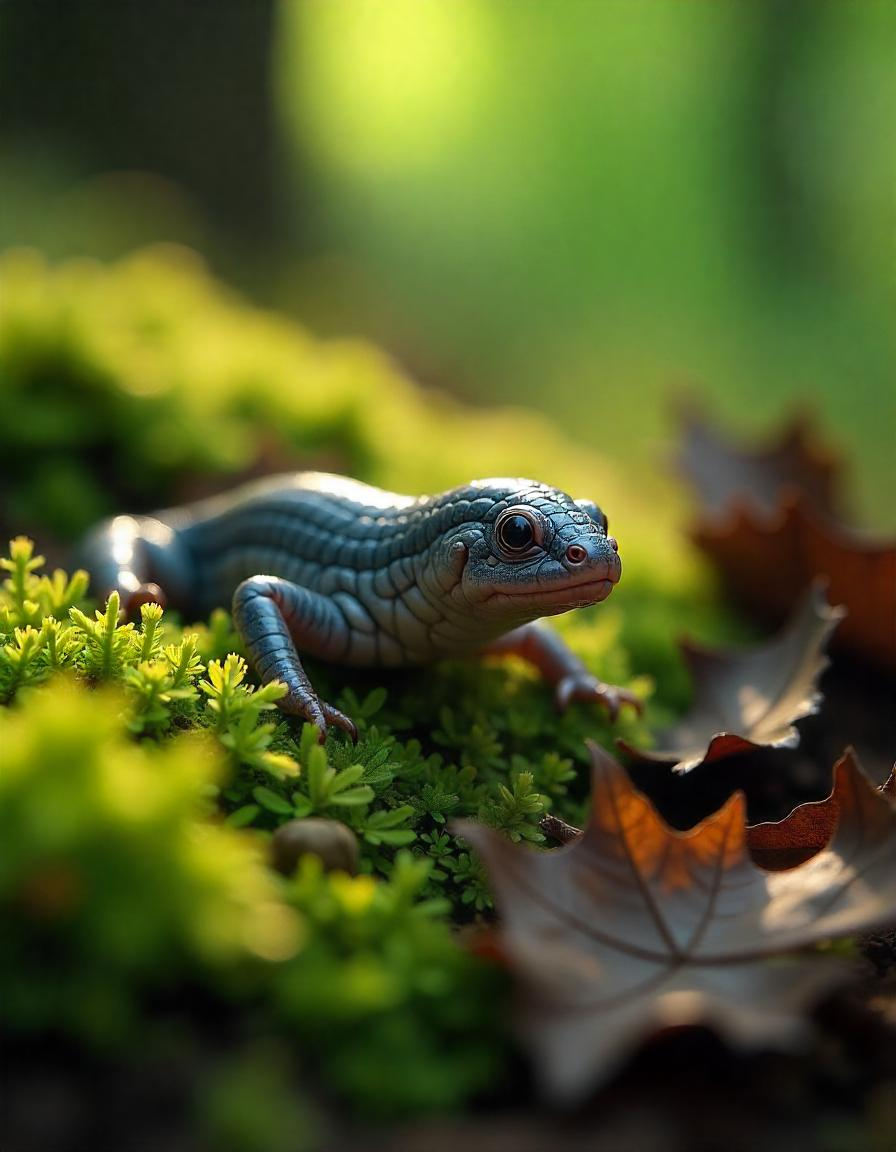Exciting developments are taking flight amidst the moorlands of Dartmoor with encouraging news about a rare butterfly species making a comeback. These delicate creatures, integral to any thriving ecosystem, have long faced challenges from habitat loss and environmental changes. Thanks to dedicated conservation efforts, Dartmoor is now seeing signs of hope for these winged wonders.
The Rare Butterfly Making a Comeback
One of the rare butterfly species benefiting from these strides in conservation is the High Brown Fritillary. This elusive butterfly, characterized by its striking orange and brown patterns adorned with black spots, has seen its numbers dwindle across the UK in recent decades. Dartmoor, however, remains one of its last strongholds, and now, thanks to restorative projects, its fragile population has begun to stabilize.
Conservation Efforts Fueling This Success
The recovery of rare butterflies on Dartmoor has not happened by chance. Behind the scenes, conservationists and volunteers have been working tirelessly to create a more hospitable environment for these insects to thrive. Here are the key actions driving these positive changes:
Habitat Restoration
The High Brown Fritillary relies on open scrubland and areas rich in violets, the host plants essential for its caterpillars. Conservation organizations have been actively managing Dartmoor’s landscapes by removing invasive species, clearing overgrown vegetation, and maintaining the balance of open moorland and woodland edges. This approach creates a welcoming space for not only butterflies but also other vital species.
Controlled Grazing Practices
Sustainable grazing by cattle and ponies helps prevent scrub from overtaking valuable habitat. This delicate balance ensures the landscape retains the diversity needed to support a range of insects, including specialized butterflies like the High Brown Fritillary.
Raising Public Awareness
Education campaigns targeting local communities and visitors emphasize the importance of preserving butterfly habitats and respecting conservation guidelines. Encouraging people to recognize and report butterfly sightings further supports monitoring efforts.
Monitoring Butterfly Populations
Experts have been closely tracking the movements and numbers of rare butterflies, recording breeding hotspots and noting changes over time. These monitoring programs provide critical data, enabling conservationists to refine their strategies and adapt to shifting challenges.
Why This News Matters
The resurgence of rare butterflies on Dartmoor is more than just an uplifting environmental story. It shines a spotlight on the broader importance of biodiversity and the health of ecosystems. Butterflies, as pollinators, contribute significantly to plant reproduction and, in turn, support a wide variety of wildlife. Their presence is also considered a key indicator of environmental well-being.
The ongoing efforts in Dartmoor serve as a blueprint for other conservation projects across the UK. By demonstrating how dedicated management can positively impact even the most at-risk species, Dartmoor inspires further commitment to wildlife preservation.
How You Can Help Protect Dartmoor’s Wildlife
Protecting these rare butterflies is a collective responsibility. Here are a few ways visitors and residents can contribute to conservation success on Dartmoor:
- Stick to Official Paths
Avoid trampling delicate plant life by staying on designated routes, reducing the chance of disturbance to butterfly habitats. - Plant Butterfly-Friendly Flowers
If you live near Dartmoor, consider growing native plants like violets and wildflowers in your garden. These create valuable micro-habitats for butterflies and other pollinators. - Join Conservation Projects
Support local initiatives by volunteering, donating, or simply spreading awareness about ongoing efforts to protect Dartmoor’s biodiversity. - Respect the Landscape
Refrain from leaving litter or disturbing wildlife. Simple actions can make a significant impact on preserving the beauty and health of Dartmoor.
A Hopeful Future for Dartmoor’s Rare Butterflies
The return of rare butterflies like the High Brown Fritillary to Dartmoor is a testament to what thoughtful conservation can achieve. This remains a work in progress, but each resurgence of fluttering wings symbolizes hope for the fragile ecosystems on which these unique creatures depend.
Every individual action you take to minimize your impact ensures that Dartmoor remains a haven for wildlife for generations to come. Together, we can celebrate and safeguard the enchanting biodiversity that makes Dartmoor such a natural treasure.



